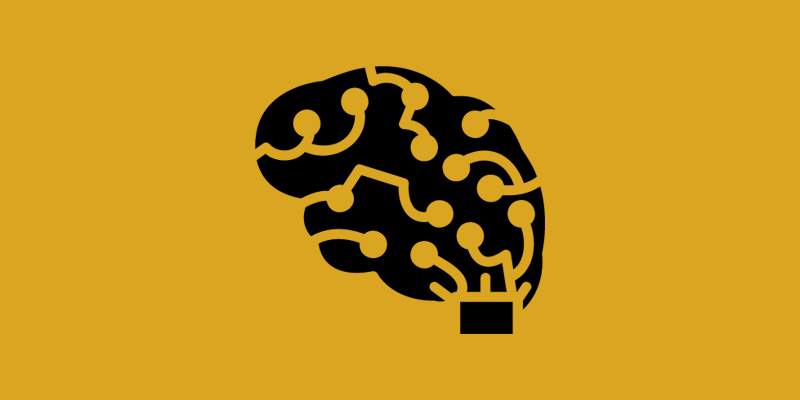Setting up a TensorFlow Deep Learning Framework
Welcome to Day 3 of our 10-Day DIY TensorFlow Deep Learning Framework Setup series! Today, we’re taking a significant leap into the world of deep learning by building our first neural network using TensorFlow.
Understanding Neural Networks
Neural networks are the backbone of many AI applications, mimicking the structure and function of the human brain. These networks consist of layers of interconnected nodes, known as neurons, and are capable of learning complex patterns and representations from data.
Creating a Simple Neural Network in TensorFlow
Let’s dive into creating a basic neural network using TensorFlow’s high-level API, Keras. In this example, we’ll build a straightforward feedforward neural network for image classification on the famous MNIST dataset.
import tensorflow as tf
from tensorflow.keras import layers, models
from tensorflow.keras.datasets import mnist
from tensorflow.keras.utils import to_categorical
# Load and preprocess the MNIST dataset
(train_images, train_labels), (test_images, test_labels) = mnist.load_data()
train_images = train_images.reshape((60000, 28, 28, 1)).astype('float32') / 255
test_images = test_images.reshape((10000, 28, 28, 1)).astype('float32') / 255
train_labels = to_categorical(train_labels)
test_labels = to_categorical(test_labels)
# Build the neural network
model = models.Sequential()
model.add(layers.Conv2D(32, (3, 3), activation='relu', input_shape=(28, 28, 1)))
model.add(layers.MaxPooling2D((2, 2)))
model.add(layers.Conv2D(64, (3, 3), activation='relu'))
model.add(layers.MaxPooling2D((2, 2)))
model.add(layers.Conv2D(64, (3, 3), activation='relu'))
model.add(layers.Flatten())
model.add(layers.Dense(64, activation='relu'))
model.add(layers.Dense(10, activation='softmax'))
# Compile the model
model.compile(optimizer='adam',
loss='categorical_crossentropy',
metrics=['accuracy'])
# Train the model
model.fit(train_images, train_labels, epochs=5, batch_size=64, validation_split=0.2)
# Evaluate the model on the test set
test_loss, test_acc = model.evaluate(test_images, test_labels)
print('\nTest Accuracy:', test_acc)In this script:
- We load and preprocess the MNIST dataset, converting images to grayscale and normalizing pixel values
- The neural network architecture consists of convolutional layers, max-pooling layers, and dense layers
- We compile the model with the Adam optimizer and categorical crossentropy loss.
- The model is trained on the training set and evaluated on the test set
What’s Next?
Congratulations on building your first neural network! In the upcoming days, we’ll explore advanced neural network architectures, transfer learning, and techniques for optimizing model performance.
Stay tuned for Day 4: Data Preprocessing for Deep Learning, where we’ll dive into the crucial steps of preparing data for training robust and effective models. Happy coding!
